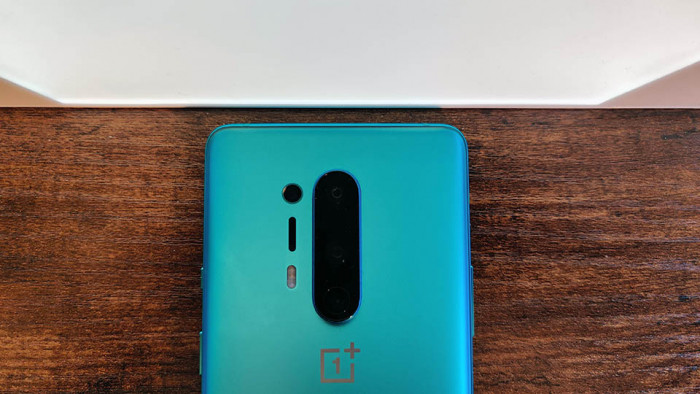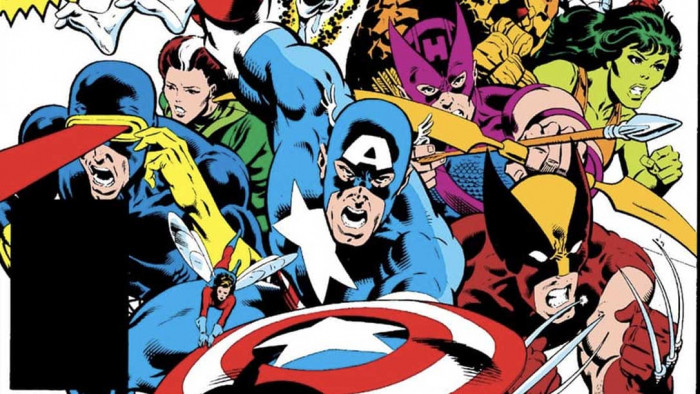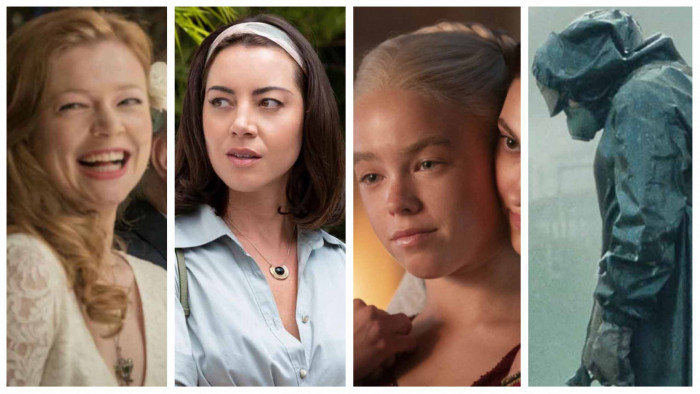Pirates were the criminals of the sea, trading in stolen gold, silver, alcohol, sugar and everything else - you name it, pirates were boarding ships to steal it. They enjoyed their golden age from around 1620 to around 1720 and during this time they ruled the seven seas.
Here in the 21st century we're constantly bombarded with endless TV screenings of Johnny Depp prancing around in Pirates of the Caribbean - in fact, if you check Sky on any given Sunday afternoon there will probably be at least 4 separate channels showing one of the franchise's films. Before that it was Pugwash (admittedly not very badass), before him there was Blackbeard The Pirate, and before him there was Treasure Island - not to mention all the ones that came in between.
So with pirates constantly caricatured in film and TV it can be easy to fall into the trap of thinking of pirates as these sort of mystical, fantasy characters who were far to badass to ever actually exist in the real world, but guess what? They did exist, and the real pirates were even more fascinating than their on-screen versions.
Here's why...
Pirates weren't all men

Women were considered bad luck to have on board a ship but that didn't stop those determined to pursue the pirate dream from donning men's clothes and changing their names in order to sail the seven seas.
Mary Read and Anne Bonny were two famous pirates who both operated together as men in the Caribbean - each believed the other to be male. Bonny revealed her secret to Read when she developed feelings for her, leading Read to reveal her gender too. How's that for awkward?
Eye patches weren't for what you think

It's a pretty common misconception that pirates' eye patches were worn to conceal an empty eye socket. What they were actually for is much more interesting.
The real reason for the eye patches was so that one eye would remain constantly adjusted to darkness, which made it easier to fight below deck when boarding ships. The technique was so effective that keeping one eye closed is still a technique used in the military today for night survival.
They had a pretty progressive disability program

Pirates were't complete brutes. In fact they were very fair with their staff when it came to worker's rights.
Many captains had schemes in place whereby crew would be offered compensation for any injuries caused to them on board. The payout varied according to the injury's severity.
In much the same way that war veterans with missing limbs are viewed today, pirates with serious injuries were respected and seen as highly courageous for continuing with their work in spite of their disability.
Walking the plank? Not so much. Something much worse? Absolutely.

Reports of people being forced to walk the plank do exist, however it was an extremely rare form of punishment. You might think that spelled good news for thieves and troublemakers but you'd be wrong.
'Keelhauling' was a popular punishment in which a length of rope would be tied around and under the hull of the boat. The rule-breaker would then be tied to the rope and hauled under the ship and back up until he either drowned or was cut to shreds by barnacles. Nice.
It wasn't just for thugs

Actually, people from all social classes became pirates, not just thugs, convicts and fugitives.
In fact, a famous pirate by the name of William Kidd started off as a young boy from a wealthy family who became embroiled in pirate life whilst on a mission to hunt for pirates himself. He later went on to be executed for piracy so perhaps not the smartest career move.
We don't actually know how they spoke

The truth is that pirates came from all over the place and the typical west-country accent that we're all familiar would only have applied to a very small number of them.
The 'pirate accent' as we know it today can be traced back to Disney's adaptation of Treasure Island in 1950 when actor Robert Newton played a pirate from the west-country and seriously overdid the accent. He did the same thing a few years later in Blackbeard The Pirate, and so the stereotype was born.
They didn't pierce their ears to look cool

Pirates look cool enough without having to accesrorise, we're sure you'll agree. So why did they insist on wearing gold earrings all the time?
Well actually, it wasn't a fashion statement at all. Pirates believed that piercing their skin with precious metals could improve eyesight, ward off ill health and have many other positive effects.
They didn't use 'pirate words'

Well, they obviously did, but not the pirate words and phrases that we're familiar with.
Phrases like 'shiver me timbers' and many of the sea shantys that people commonly believe were sung by pirates were actually made up by Robert Louis Stevenson for his book, Treasure Island.
Red flags were worse than black flags

The Jolly Roger is commonly shown as a white skull and crossbones on a black background, even though very few captains used this design on their ships.
Really it was the red flag you had to worry about. If a ship approached flying a red flag with an hourglass on it then you'd know you were in trouble as red meant 'give no quarter' and the hourglass basically meant your time on earth was about to run out.
Blackbeard was a nutcase

Blackbeard was the most famous and most feared pirate of all time, and it's no wonder really. The man was absolutely off his chops.
Before boarding a ship, Blackbeard had a penchant for weaving hemp into his beard and setting it alight before he stormed into battle. He would also dress in black from head to toe and emerge onto ships in a plume of flames and a cloud of smoke. Many of his victims assumed him to be the devil and surrendered to him without a fight.










